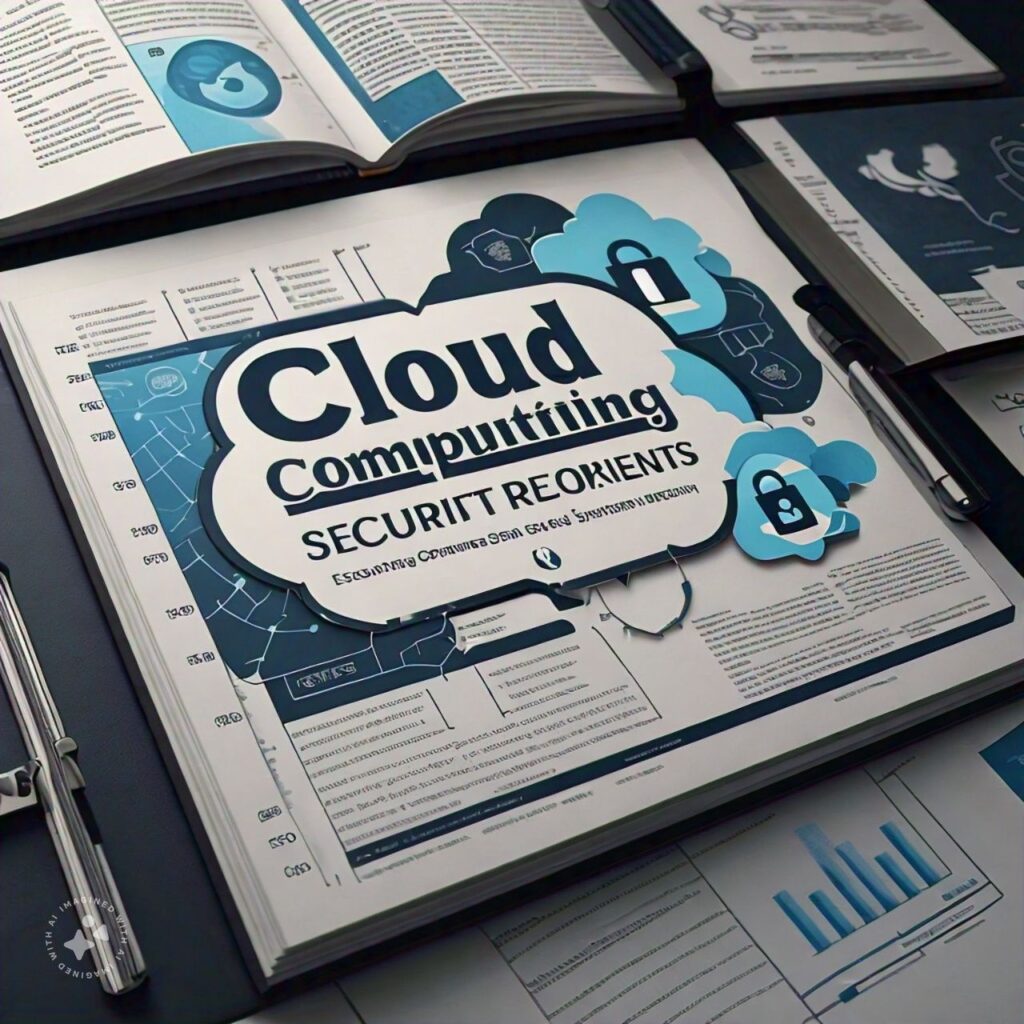In today’s digital era, cloud computing is a fundamental technology enabling organizations to leverage scalable, flexible, and cost-effective solutions. However, the rapid adoption of cloud services brings with it significant security challenges. To help you navigate these challenges, this guide will outline the essential security requirements for cloud computing under five critical headings.
Understanding the Shared Responsibility Model
The foundation of cloud security lies in the shared responsibility model, which delineates the security obligations of the cloud service provider (CSP) and the customer.
- Cloud Service Provider Responsibilities: CSPs are responsible for securing the underlying infrastructure, including physical data centers, hardware, networking, and virtualization layers. This includes ensuring that the infrastructure is resilient against physical attacks, natural disasters, and cyber threats.
- Customer Responsibilities: Customers are responsible for securing their data, applications, and user access. This includes implementing strong access controls, data encryption, and compliance with relevant regulations and standards.
Understanding this division is crucial for effectively managing security in the cloud and ensuring that both parties fulfill their respective obligations.
Implementing Robust Access Controls
Access control is vital to prevent unauthorized access to cloud resources. This involves several key practices:
- Identity and Access Management (IAM): Implementing IAM solutions helps manage user identities and their access rights, ensuring that only authorized users can access specific resources.
- Multi-Factor Authentication (MFA): MFA adds an extra layer of security by requiring users to provide multiple forms of verification before accessing cloud services.
- Least Privilege Principle: Granting users the minimum level of access necessary for their role reduces the risk of accidental or malicious data breaches.
Data Protection and Encryption
Protecting sensitive data is a paramount concern in cloud security. This can be achieved through:
- Data Encryption: Encrypting data at rest and in transit ensures that even if data is intercepted or accessed without authorization, it remains unreadable.
- Data Classification: Classifying data based on its sensitivity helps determine the appropriate level of security measures required for different types of data.
- Regular Audits and Monitoring: Continuously monitoring data access and conducting regular audits can help identify and respond to potential security threats promptly.
Compliance and Regulatory Requirements
Compliance with industry standards and regulatory requirements is essential for cloud security. Key aspects include:
- Understanding Relevant Regulations: Different industries have specific regulations (e.g., GDPR, HIPAA, PCI DSS) that dictate how data should be handled and protected. Organizations must understand and comply with these regulations to avoid legal repercussions and ensure data security.
- Regular Compliance Audits: Conducting regular audits to assess compliance with relevant standards helps identify gaps and ensure ongoing adherence to regulatory requirements.
- Collaboration with CSPs: Working closely with CSPs to ensure that their services and security measures align with the necessary compliance standards is crucial.
Incident Response and Business Continuity
Preparing for potential security incidents and ensuring business continuity are critical components of cloud security. This involves:
- Incident Response Plan: Developing and regularly updating an incident response plan ensures that the organization can quickly and effectively respond to security breaches, minimizing damage and recovery time.
- Disaster Recovery Planning: Establishing a disaster recovery plan, including data backup and recovery procedures, ensures that the organization can maintain operations and quickly recover from unexpected disruptions.
- Regular Testing and Drills: Conducting regular tests and drills of the incident response and disaster recovery plans helps identify weaknesses and improve the organization’s readiness to handle real-world incidents.


